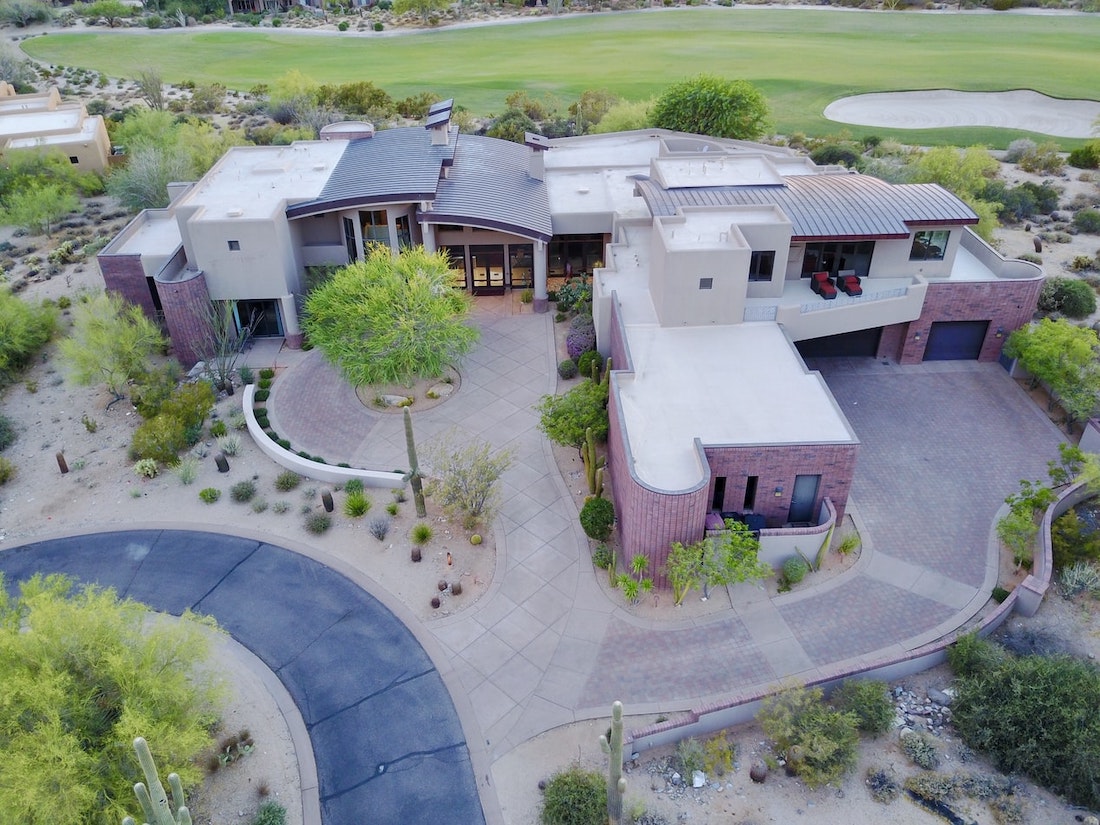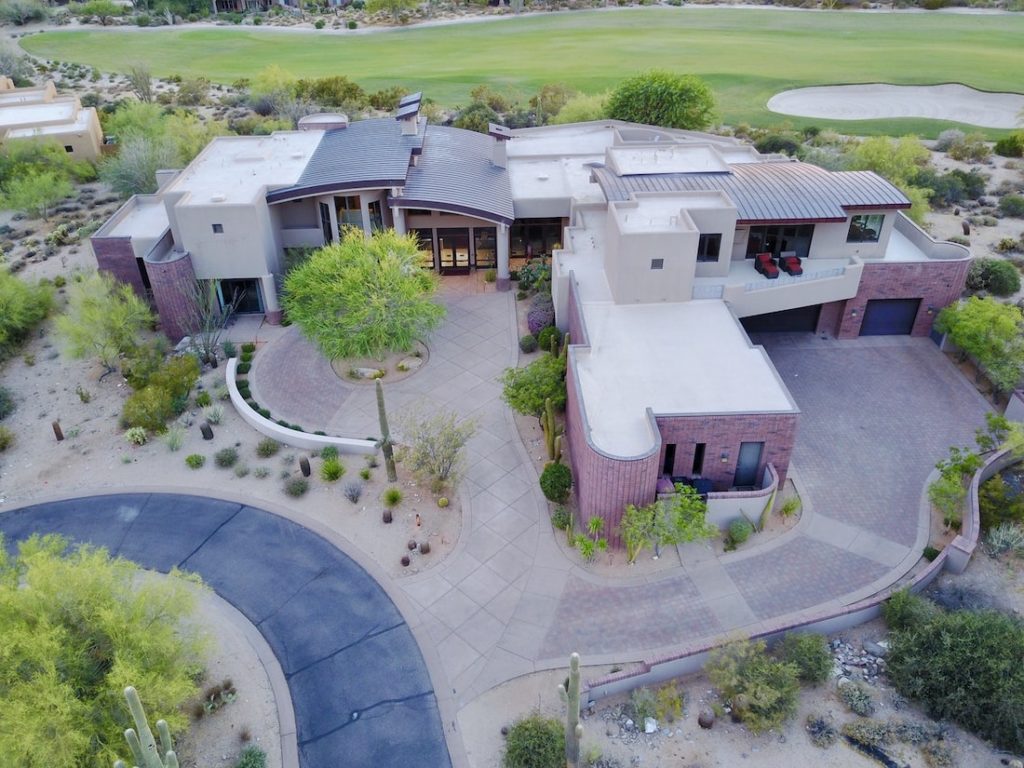Apply For A Loan Today
Tell us some basic details about your project below and let us work on structuring the best loan for you. We value your time and will reach back out to you shortly!
Hard money loans in Texas


Impervious surfaces have huge implications for local ecosystems, which means impervious cover considerations are detailed and crucially important. Growing communities need to be especially careful about impervious coverage guidelines, as neighborhoods and commercial real estate developments continue to expand.
Texas is home to many of those rapidly growing communities. In fact, five of the top 10 fastest-growing U.S. cities are in the State of Texas. If you’re building in Texas, it’s important to understand impervious coverage rules.
An impervious surface, or impervious cover, is an artificial structure or landscape surface that prevents or inhibits water from soaking into the ground. Examples of impervious surfaces include parking lots, roofs, sidewalks, sidewalks, driveways, patios, compacted gravel, etc.
When too much of a landscape becomes impervious surfaces, flooding and rainwater runoff increase. Flooding, of course, damages property. Increased runoff carries greater quantities of pollutants and toxins to nearby streams and rivers.
Impervious coverage restrictions and limitations vary by municipality, so check your local regulations. The city of Austin, Texas, for example, assumes the following impervious coverage for single-family residential areas:

Thorough impervious coverage calculations will also include:
There is some impervious cover that does not count in the calculation, such as public sidewalks, water surface areas of ground pools, and land’s gravel areas. Plus, if you have roof overhangs of up to 2 feet, that space will not count in impervious cover calculation.
Building in Texas? See how a hard money loan can get you the financing you need faster and on more flexible terms than a traditional loan. Learn more →
Tell us some basic details about your project below and let us work on structuring the best loan for you. We value your time and will reach back out to you shortly!